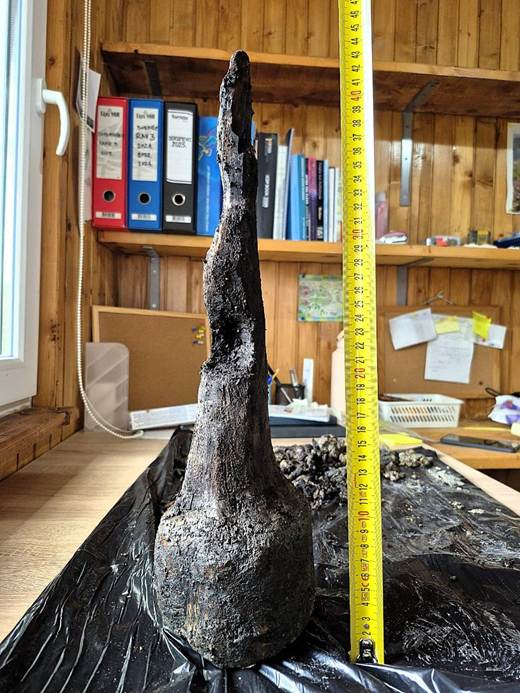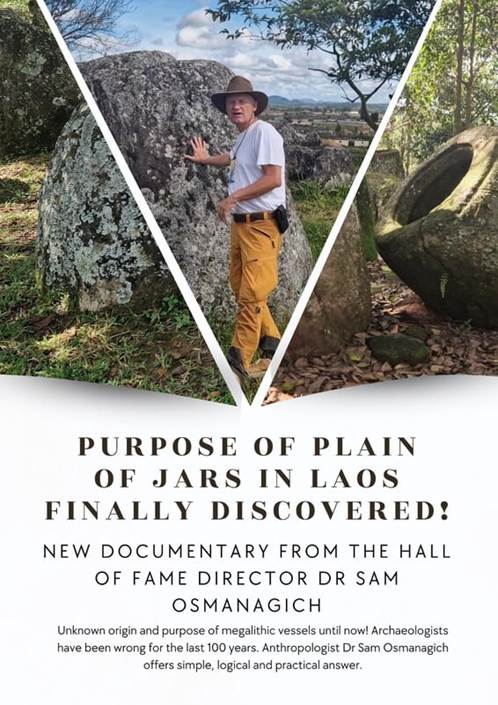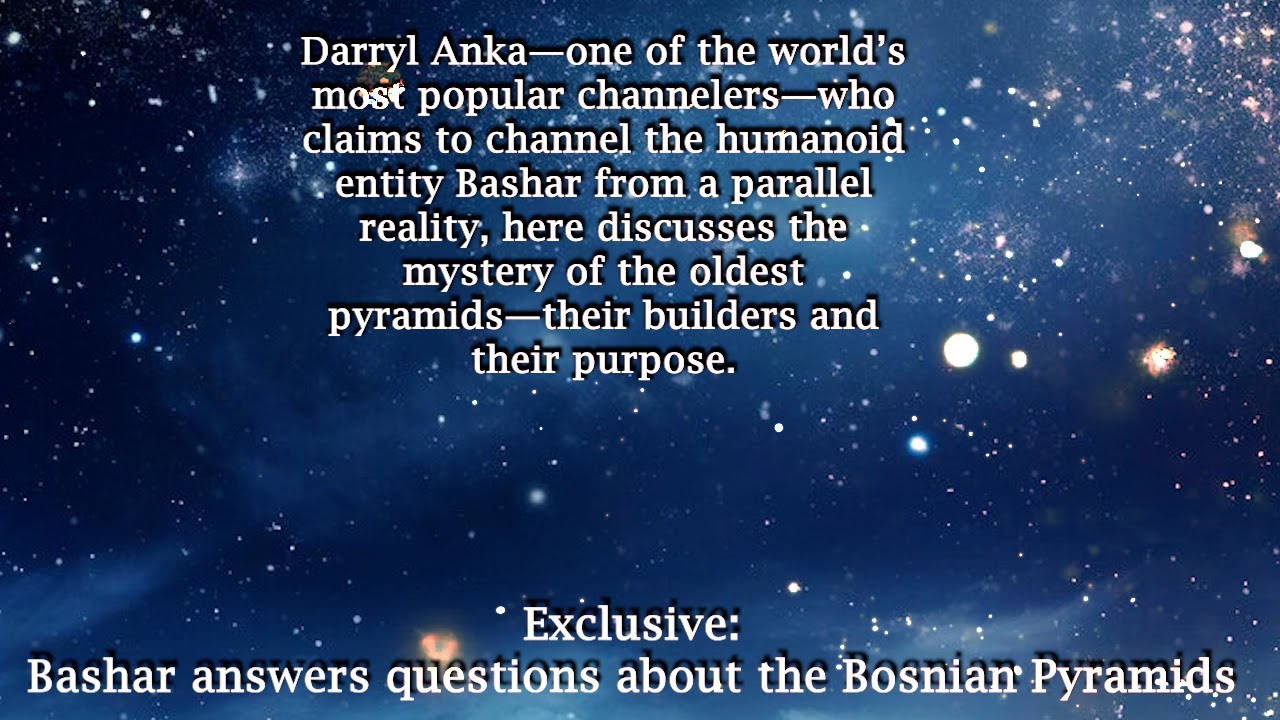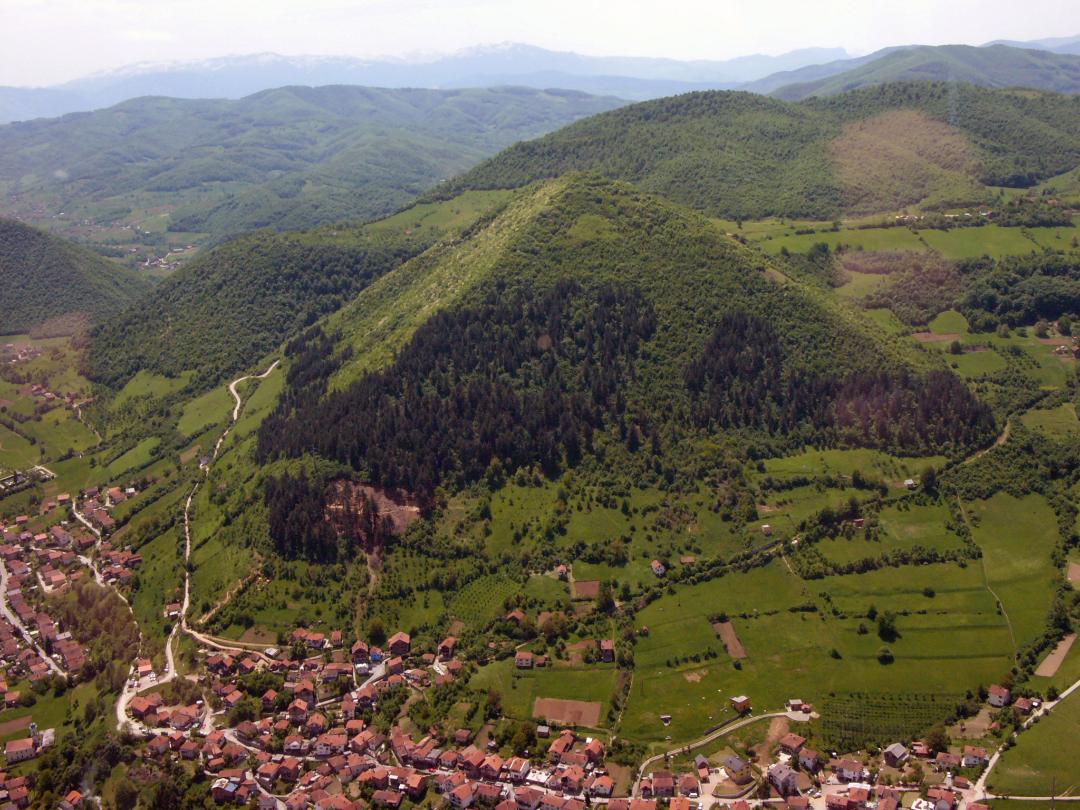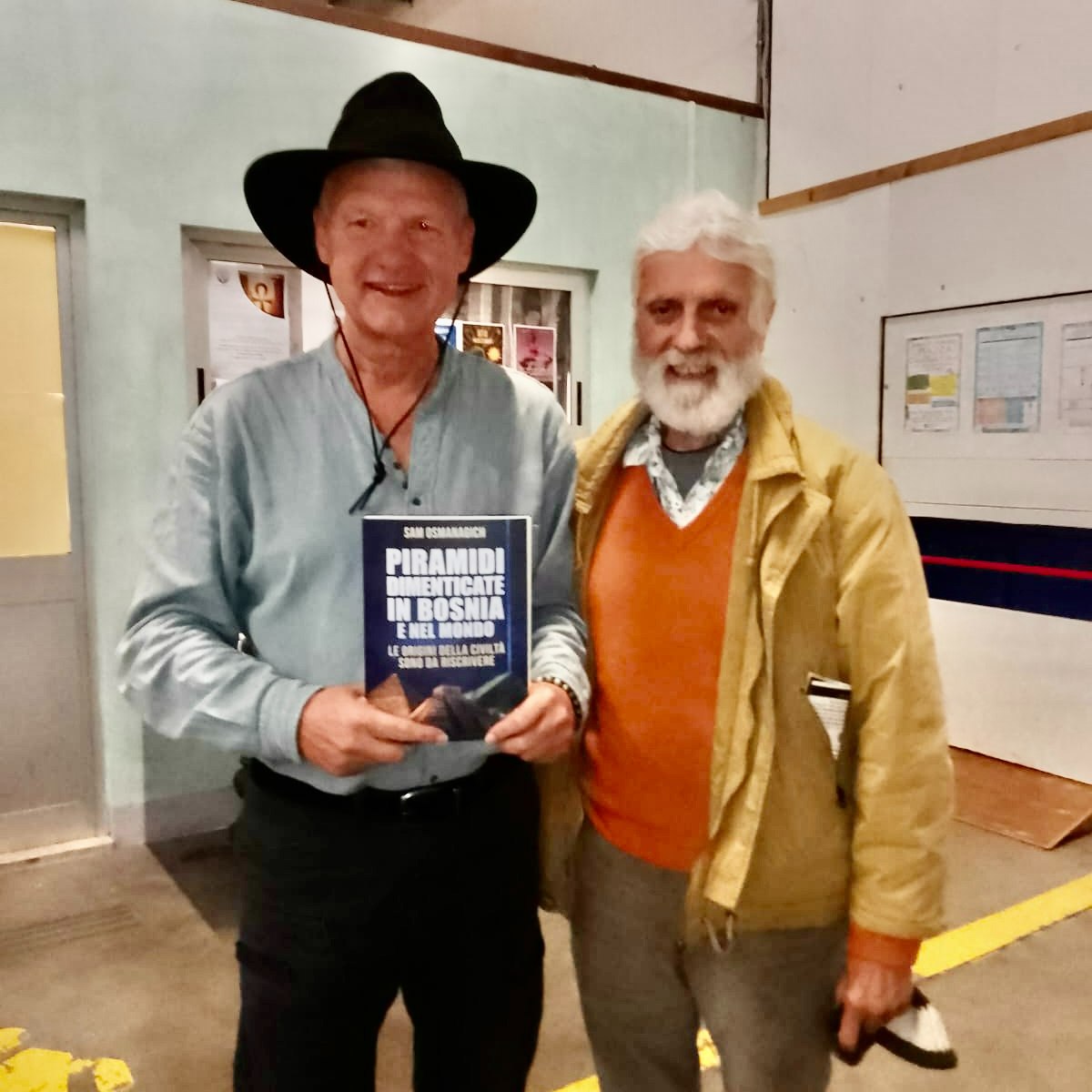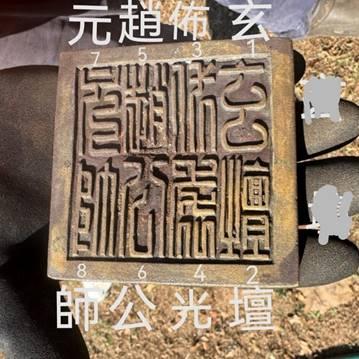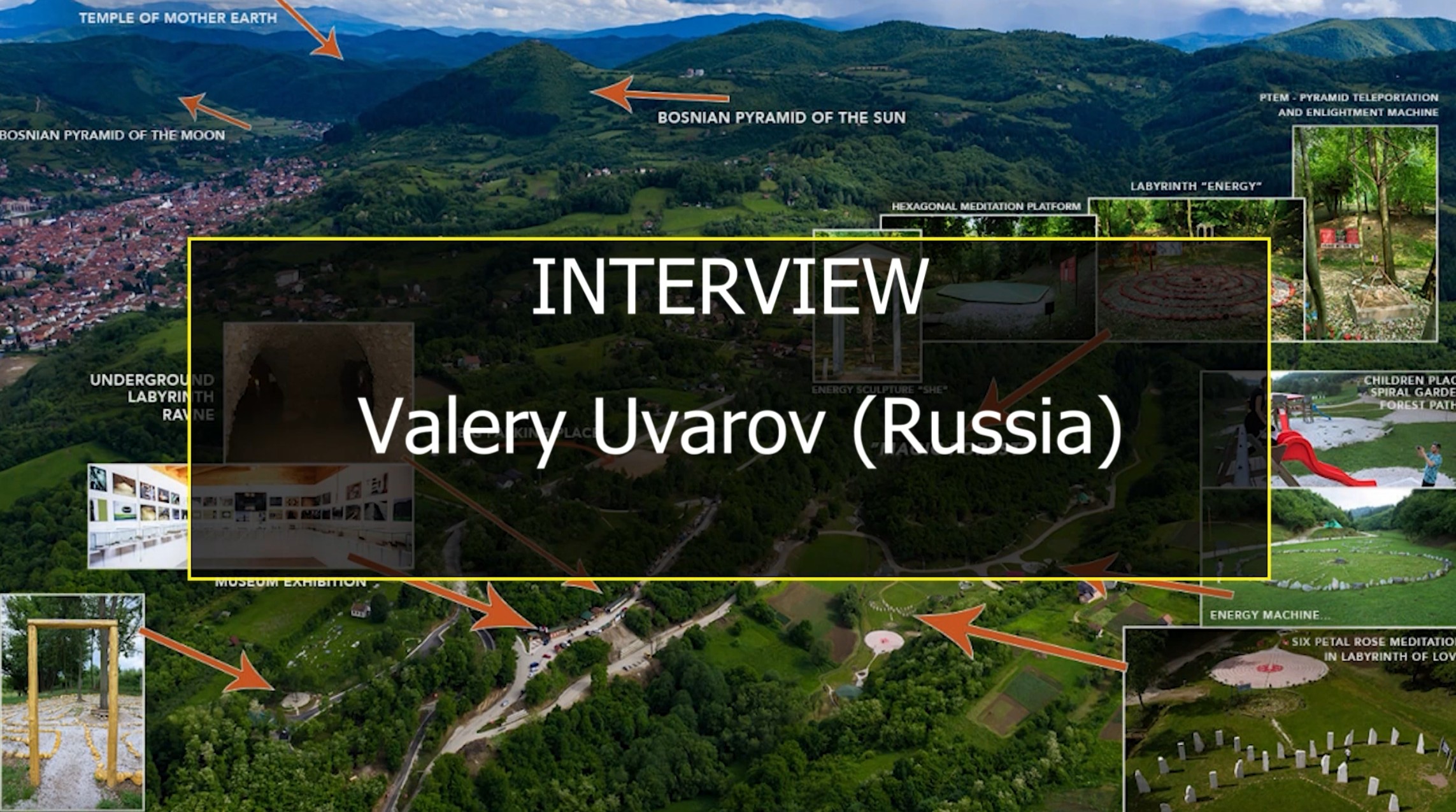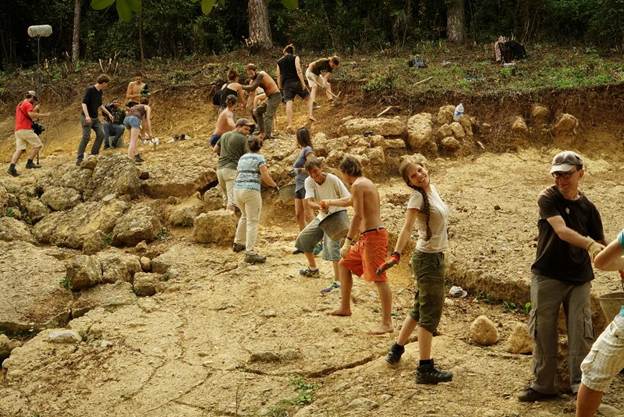By: Ajla Šabanija Softić, M.A. – Field Archaeologist
As the lead researcher at the Ravne 6 Tunnel site, I am pleased to share with you the latest results and impressions from the field.
The team of the “Archaeological Park: Bosnian Pyramid of the Sun Foundation” has been conducting systematic archaeological excavations in the Ravne 6 tunnels for several months. This is the most recently discovered section of the underground complex, where the first trial excavations were carried out in 2023. Even at that early stage, indications pointed to the great potential of this part of the tunnel network and the need for further research.
During the latest phase of excavation, we uncovered a new tunnel section approximately 60 meters long, further extending the known network of the Ravne 6 tunnels. Particularly intriguing is the fact that this section is an open tunnel, with little to no backfill material, which is quite rare in comparison to other parts of the Ravne system.
A significant number of artifacts have been discovered, including animal bones, wooden arrow fragments, pieces of wood, and a fascinating object resembling a totem. These findings suggest a remarkable archaeological and cultural-historical value of the site.
Special attention is being given to the documentation of every stratigraphic layer and artifact, to ensure the most comprehensive scientific analysis and interpretation. Selected samples of organic material have been sent for C14 (radiocarbon) analysis, whose results will allow for a more precise determination of the age of the finds and the formation period of the tunnels.
So far, within the Ravne 6 tunnels, a total of 20 dry-stone walls and 29 side passages/tunnels have been documented. Their distribution and structure indicate a complex internal organization of the tunnel system.
This publication serves as a brief overview of the current stage of research, aimed at keeping the public informed. A detailed and comprehensive archaeological report with all findings will be made available upon the completion of the fieldwork.
I believe these discoveries represent a significant step forward not only in understanding the Ravne 6 complex itself but also in contributing to the broader picture of the archaeological and cultural heritage of our region.
A heartfelt thank-you goes to the entire team and to all volunteers for their dedication, hard work, and contribution to this important project.
Below we share several photographs showcasing the most interesting artifacts from this phase of research.








